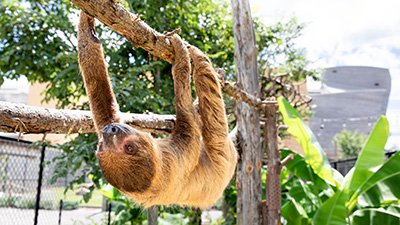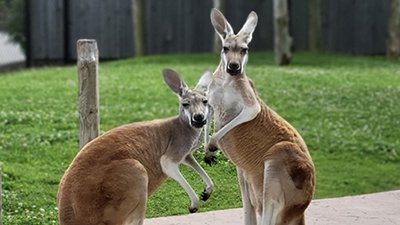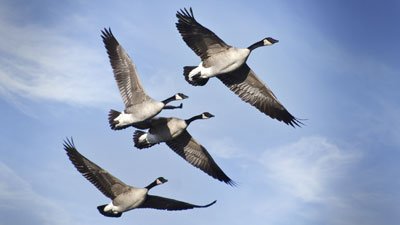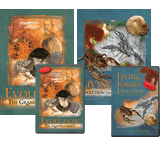Animal Migration
From Flood Geology
Articles About Animal Migration
-
June 5, 2022 from Answers Magazine
The Creator equipped numerous animals, large and small, with astonishing tools to find their way as they migrate around the world.
-
July 19, 2015 from Answers Magazine
Twice each year, the sky is filled with birds seeking new grounds for feeding and nesting.
-
In-Depth ArticleOceanic Dispersal Rafted Worm Lizards Around the WorldApril 25, 2015 from Answers in Depth
After the Flood, how did worm lizards spread around the world? Fossil evidence supports an idea long held by many Bible-believing scientists.
-
Book ChapterHow Did Animals Spread All Over the World from Where the Ark Landed?Feb. 17, 2014 from The New Answers Book 1
The worldwide distribution of animals, say critics, proves that there could never have been a global Flood or an Ark. Paul Taylor refutes this claim.
-
March 3, 2013 from Answers Magazine
At least 75% of the species living on Madagascar are found nowhere else on earth.
-
Magazine ArticleThe Magnificent Migrating MonarchDec. 1, 1997, pp. 28–31
This tiny, yet beautiful, insect can perform a migration flight of thousands of kilometres, navigating unerringly to reach a place it has never seen.
-
Magazine ArticleMoths Navigating by the Stars?March 1, 1994, pp. 50–51
Fantastic as it seems, navigation by the stars is likely to be the case for some moths and other creatures.
-
-
Magazine ArticleHow Did the Platypus Get ‘Down Under’?Dec. 1, 1990, pp. 24–25
Many have tried to lampoon God’s sober account of Noah’s world-wide Flood by asking how platypuses could travel from Mount Ararat to Australia.
Recommended Resources

Answers in Genesis is an apologetics ministry, dedicated to helping Christians defend their faith and proclaim the good news of Jesus Christ.
- Customer Service 800.778.3390
- © 2025 Answers in Genesis









